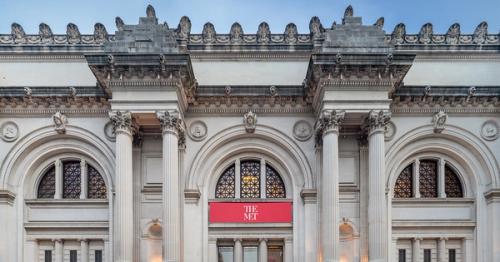This handsome publication, which accompanies a major exhibition at the Metropolitan Museum of Art, is a lively and engaging account of the artistic scene in Paris in the 1860s, the years that witnessed the beginnings of Impressionism. For the first time the interactions and relationships among the group of painters who became known as the Impressionists are examined without the over-worn art historical polarities commonly evoked: academic versus avant-garde, classicist versus romantic, realist versus impressionist. A host of strong personalities contributed to this history, and their style evolved into a new way of looking at the world. These artists wanted above all to give an impression of truth and to have an impact on or even to shock the public. And they wanted to measure up to or surpass their elders. This complex and rich environment is presented here—the grand old men and the young turks encounter each other, the Salon pontificates, and the new generation moves fitfully ahead, benignly but always with determination. Origins of Impressionism gives a day-by-day, year-by-year study of the genesis of an epoch-making style. Nine essays review the Parisian art world before Impressionism ("The Salon of 1859") and the traditional genres both as they were known and as they would be transformed by the New Painting ("History Painting," "Realist Landscape," "The Nude," "Figures in Landscape," "Still Life," "Portraits and Figures," "Impressionist Landscape," and "Modern Life"). Each is illustrated with an abundance of works by the new artists as well as by those who made up the rest of the artistic milieu. The breadth and depth of the art world become evident and our understanding is further expanded by a wealth of contemporaneous comments and criticism. The relations between artists—Manet and Degas, Cézanne and Pissarro, Monet and Bazille, among others—are made clear, and their implications are explored. Insightful commentary brings new dimensions to Monet, Fantin-Latour, and Renoir. Throughout, the history of this period is greatly augmented and much sharpened. Bibliographies and provenances are provided for each of the almost two hundred works in the exhibition, and there is an illustrated chronology. With more than two hundred superb color-plates, this informative survey is an essential work for both the general reader and the scholar.



















